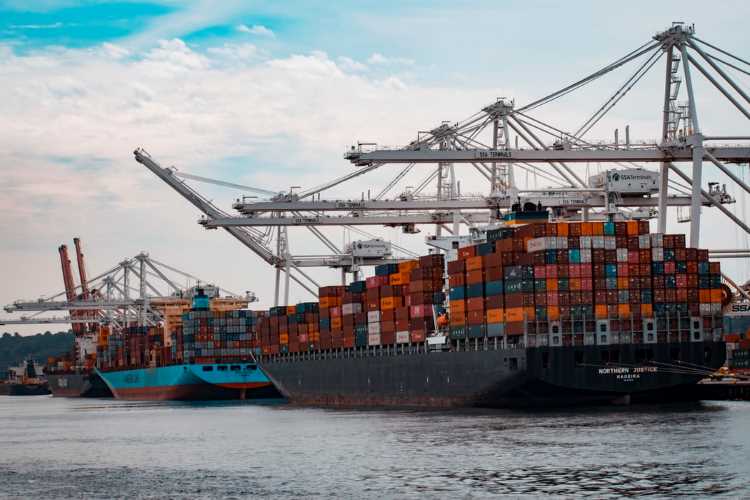
For the last seven months, India has been witnessing a decline in exports amid mounting geopolitical pressures. Goods exports in March on-year contracted by 0.67% to $41.68 billion as commodity prices fell and unresolved conflicts continue to jeopardise economic growth. March is the seventh consecutive month when exports dipped in 2023-24. On a cumulative basis outbound shipments dropped by 3.11% at $437.06 billion, according to the data released by the commerce department. This is after India enjoyed a two year-long period of exports growth.
Despite this, the government is optimistic that this is a blip as exports reached a “positive cycle of growth”, especially in the calendar year 2024.
READ | Iran-Israel conflict: India walks diplomatic tightrope to escape economic fallout
Exports slump
2023 was a difficult period for global trade as not only did the Russia-Ukraine war continue, but other conflicts (Israel-Palestine war) also came up. While the world waits with bated breath for de-escalation in 2024, Iran also launched retaliatory strikes against Israel, exacerbating the already fragile situation. All of this along with the Red Sea crisis and Panama Canal translated into recessionary trends. The Red Sea region accounts for 12% of global trade, and around 80% of India’s goods trade with Europe passes through it.
Exporters are facing a double whammy due to rising tensions in West Asia. The threat to Red Sea shipments creates real-time disruption, while insurance costs are poised to surge further with additional surcharges. Worryingly enough, they are already sky high. Renegotiating contracts in the new financial year will be crucial, as exporters have been shouldering the burden of rising freight rates under existing agreements.
Exports for major labour intensive segments such as gems and jewellery, textiles, leather and products have not fared well. These sectors are gradually losing steam as their global market share has been going down, and there’s a need to revitalise them.
Despite this, India believes that it has beaten all odds as various sectors flourished despite a trade slump. Electronic goods, drugs, and pharmaceuticals had done well despite adversities. While the electronics segment is generally a weak area for exports, the sector grew by 24% due to government initiatives like the Production Linked Incentive (PLI) scheme and other “Make in India” efforts. Smartphone exports are expected to rise by 30% to over $15 billion, a GTRI report said.
Another reason for India’s optimism is that while exports dropped, imports declined at a faster pace than exports did which led to India reporting an 11-month low trade trade deficit in March at $15.6 billion. On a cumulative basis, the trade deficit narrowed from $265 billion in FY23 to $240 billion in FY24.
Slower trade also meant that the demand side in India was also slow and in March, the nation imported goods worth $57.28 billion, down nearly 6% mainly on the back of lower imports of items such as coal, petroleum products, gold, and fertilisers. Oil imports alone were down by 14.1%, supported by reduced oil prices. On the other hand, gold imports halved while a significant reduction was also seen in non-oil and non-gold imports.
The loss of competitiveness in labour-intensive sectors is a major cause of concern. The GTRI report said that while celebrating the resilience and success of diverse industries in the face of adverse global headwinds, policymakers and the government need to work on enhancing the performance of labour intensive sectors.
While controlling geopolitical conditions may not be in anyone’s hands, attention must be paid towards strengthening exports where India is lagging due to its own accord. For instance, several export items to the European Union have suffered due to technical barriers. Indian tea exports have suffered from stiff maximum residue level (MRL) requirements in the EU. While India strives to expand its export market, progress on a crucial free trade agreement (FTA) must be also worked on. A prime example is the EU FTA which remains stalled. This delay hinders Indian businesses from reaching their full potential in the European market.
The outlook for exports in coming months remains mired in uncertainty and risks. There are weak or mixed signals about demand trends from economies such as the US, the UK, and Germany. Another area of concern is interest rate cuts which remain elusive for now. Until the global geopolitical situation gets under control, the already frail demand in some markets will remain as is and prospective buyers will look for more competitive options for Indian wares.
